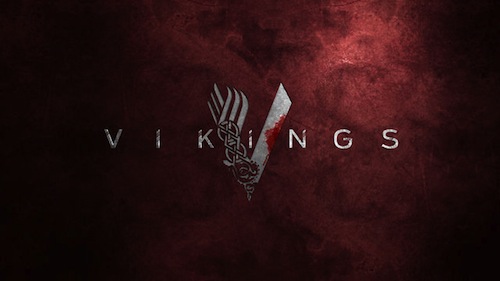
“Students don’t want to leave this topic,” said Dr. Robert Wheelersburg, associate professor of anthropology and professor of International Studies, who teaches “Peoples and Cultures of Scandinavia.”
The Elizabethtown College course looks at what makes Scandinavia tick. Focusing on the people and culture, as the class name suggests, the lessons go over a variety of topics, starting off with the defining of Nordic countries: Iceland, Denmark, Sweden, Norway and Finland.
The class also studies geography, population and then the Vikings. The Vikings are explored for three to four weeks until the topic shifts to medieval times, the late 1800s, rapid industrialization and then the “cradle to grave socialization.” “Peoples and Cultures of Scandinavia” has been offered three times, most recently, last fall, and students who took the class are blogging now about the popular television show “Vikings.” And they aren’t blogging because it is an assignment for the class; they are blogging because they love the topic, said Wheelersburg. This is the third week of the posts.
Students don’t want to leave this topic.”
The blog posts, posted on Wheelersburg’s faculty website, are based on the television show, “The Vikings.” Interspersed with the student posts, there is some commentary from Wheelersburg. “The Vikings” takes place in the late 18th-century and takes the viewer through the Viking experience to teach about the culture and people. “Peoples and Cultures of Scandinavia” examines the same topics in class. This blog keeps the viewer up-to-date with the T.V. show, Wheelersburg said. The most recent blog post explains the negotiation of a land dispute. “The Vikings” is in its second season, so there will be more blog posts in the future by students and Wheelersburg, the professor said. “The Vikings” airs at 10 p.m. Thursday on the History Channel.
Graduate Kristin Peachey, took “Peoples and Cultures of Scandinavia,” last fall.
“My favorite part was when two Danish students came to class and talked to us … because it gave us a more personal perspective into life in Denmark than books could give us,” she said. “They were also able to confirm and deny certain stereotypes about Danish people.”
A few of the learning objectives for this class are to “carry out in-depth cross-cultural analysis,” to “look at the value of cultural diversity in the heterogeneous societies of Scandinavia,” and to articulate how historical periods have formed the basis of modern Scandinavian countries. Wheelersburg’s favorite part about this class is “sharing a fairly unknown part of the world among our students.”
“Peoples and Cultures of Scandinavia,” scheduled to be offered again in the future, is a four-credit elective that fills up fast.
To read the Viking-related posts, visit Wheelersburg’s website. For more information on this class, contact Dr. Robert Wheelersburg at wheelersburg@etown.edu or 717-361-1188
**Note: This story has been edited to correct an error. The previous version state the “Peoples and Cultures of Scandinavia” was taught twice; this course was offered three times.

